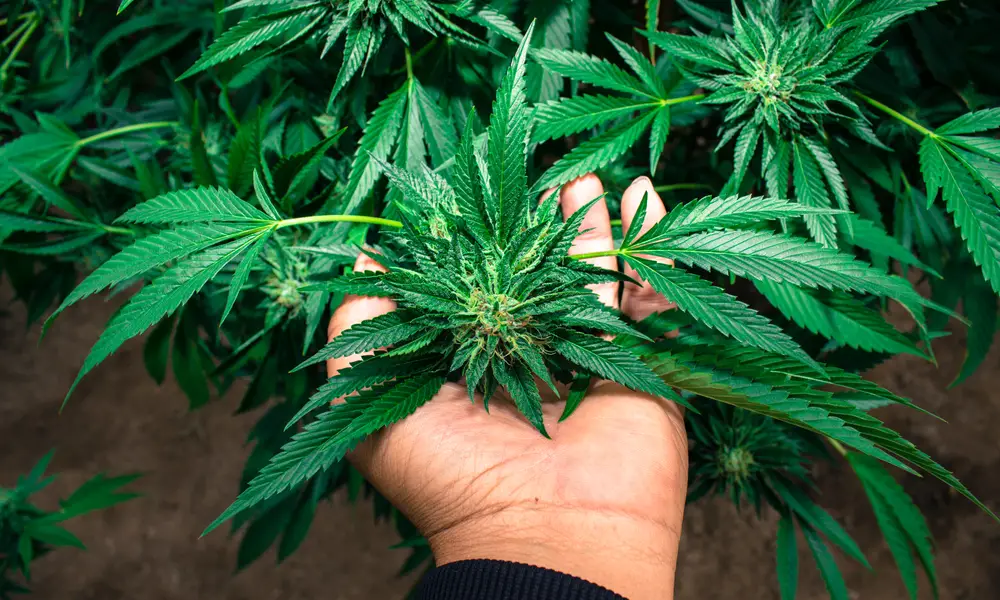10 Easy Steps of Growing Cannabis
Legal cannabis is spreading like wildfire across the United States, Canada, and many other countries across the globe. People are finally allowed to grow cannabis! Are you ready to grow cannabis at home? If yes, then you have come to the right place. Welcome to the rapidly growing community. Wondering how to start the process? …



